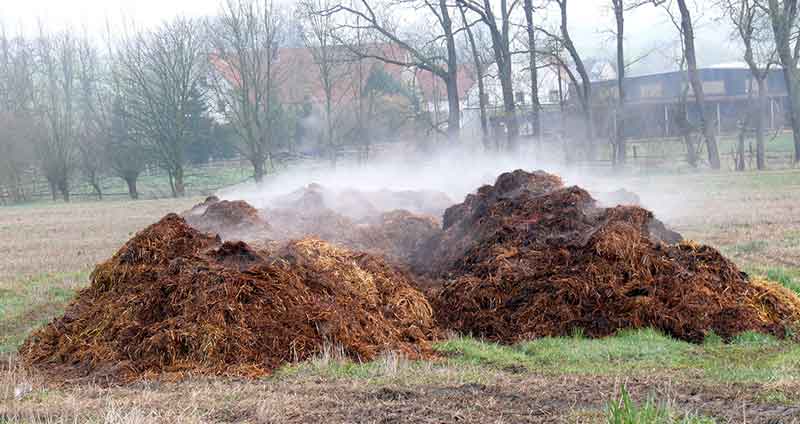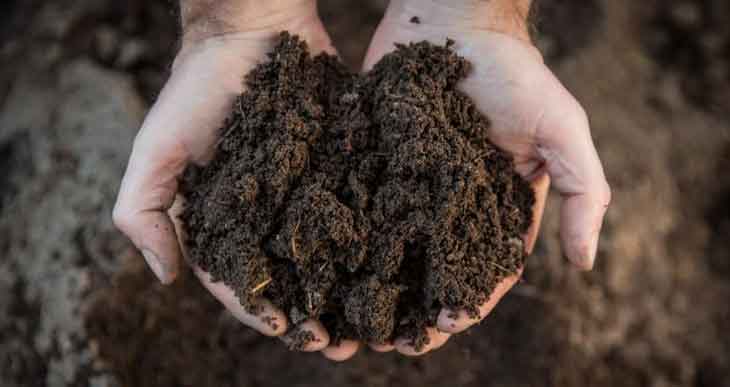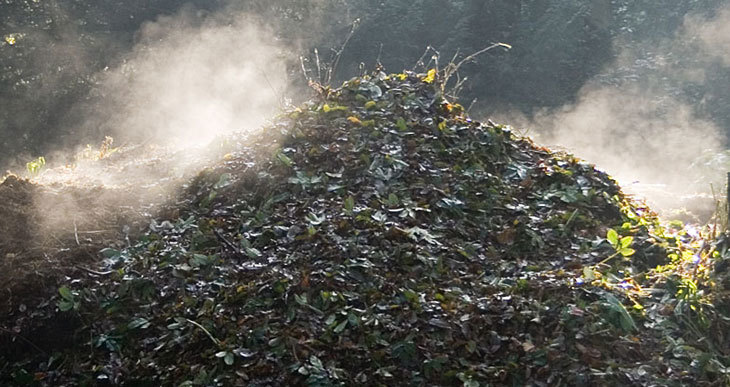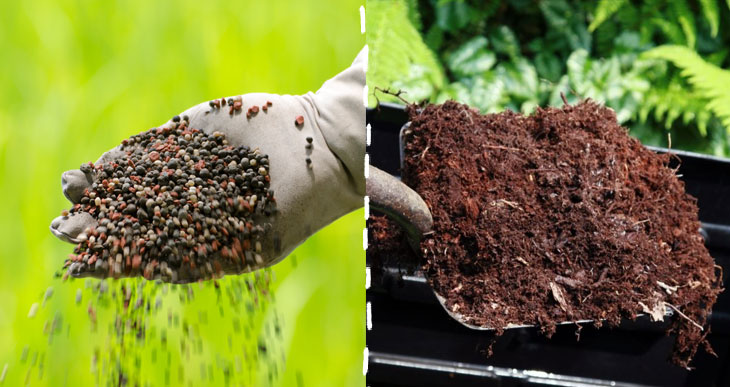Why does compost steam? (Is This Normal)

Compost can do some surprising things. Like when it starts to let off steam!
It can be quite an alarming sight. In fact, some people mistake this for smoke and worry that their compost might start a fire!
But what exactly is going on? And is this a typical event?
Below I’ll explain everything you ever wanted to know about “steaming” compost piles!
Why is my compost steaming
Compost ingredients contain moisture that will evaporate into the atmosphere when heated. In certain weather conditions, this water vapor becomes visible. It appears as a cloud of tiny water droplets suspended in the air.
There are two things responsible for the steamy looking clouds that emerge from compost:
- The water content
- The heat being generated
This often happens when outdoor temperatures are low, and your compost is warm. And this is similar to the wisps of vapor you see when the sun heats a wet surface after heavy rainfall.
The heat is a by-product caused by the microbes feeding off the waste materials in your compost pile.
These organic wastes are made up of “brown” carbon-rich substances (like twigs and dead leaves) and “green” nitrogen-rich materials (such as fresh grass clippings).
When microbes digest the carbon matter from the compost ingredients, they’re actually “burning” them by oxidation. This process produces heat.
So as the microbes get busy decomposing the organic materials, the increase in bacterial activity causes a temperature rise.
The nitrogen-rich waste in a compost heap is generally very wet and contains plenty of moisture.
The “steam” that you can sometimes see rising off a compost pile is water that has evaporated. Evaporation can happen at any temperature. In fact, your compost pile is probably losing moisture by evaporation most of the time, without it being visible.
“Water vapor” is a term used for the gaseous form of water, and most of the time, it is not visible.
Water vapor becomes visible when it begins to condense. Condensation is the process when vapor turns back into a liquid. When the air is cooled, the water condenses into tiny droplets. These droplets are so small that they remain suspended in the air. The heat from the compost pile pushes them upwards. This gives the appearance that your compost pile is steaming.
So, to sum up, compost looks like it’s steaming in certain conditions:
- Bacterial activity produces heat
- The compost increases in temperature
- The water content of the compost evaporates
- In cool weather, the water vapor condenses into tiny droplets
- Rising heat pushes visible droplets of water out of the compost
Note: Don’t mistake “steam” for “smoke”! I’ve heard stories about people rushing outside to flatten their compost heap because they thought it was burning! Read my article “can compost catch fire”...
At what temperature does compost steam?
Compost can look like it’s steaming at any temperature. This is because compost releases water vapor by evaporation, and evaporation occurs even at low temperatures.
The visible particles are not steam. Instead, they are microscopic droplets of water floating in the air. The water condenses into tiny droplets when cooled by the surrounding air.
Strictly speaking, what you’re actually seeing is not steam but “mist.” Water only steams when it reaches the boiling point at 212°F (100°C). But compost heaps never get that hot.
Should my compost steam?
If your compost is steaming, then it’s a good sign. It means there is a lot of microbial activity and a good rate of decomposition. However, compost does not need to steam for compost materials to break down.
Many compost enthusiasts seek to create high temperatures in their compost piles. This method is known as “hot composting” and helps break down organic waste much faster, so you get finished compost quickly.
But most home compost is unlikely to reach the kind of temperatures achieved by hot composting.
Steam is not an indicator of an efficient compost pile. And you do not need to employ hot composting methods to produce nutrient-rich compost.
“Steam” is only visible in cool weather when water vapor rises from the compost and condenses into tiny droplets.
If you’re concerned about making compost more quickly, read my tips on how to speed up the composting process.
Why is compost steaming hot sometimes?
At the beginning of the composting process, after adding fresh ingredients, the microbes responsible for decomposition get to work. Their population grows as they feed on kitchen scraps and garden waste. All this activity produces heat.
If your compost is streaming hot, then this is excellent news!
Compost goes through different phases of decomposition. In each stage, a distinct population of microbes takes over the process. As a result, the center of a large compost pile can get very hot. Thermophilic bacteria can bring temperatures up to 115 -160°F (46 – 71°C).
If you plunge your hand into the pile’s center and it feels very warm, you probably have thermophilic decomposition.
A hot compost pile proves that the microbes are hard at work producing compost. Turn it every few days at the beginning of the process, and it will remain warm thanks to the added oxygen.
Plus, your compost will be ready in a short time!
But again, if it isn’t “steaming hot,” don’t worry. If you tend to your compost correctly, you’ll still end up with rich compost to use in your garden.







